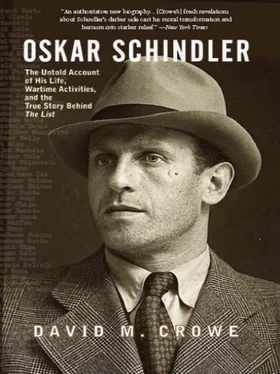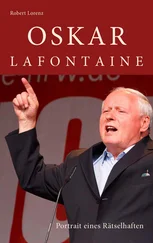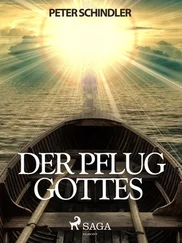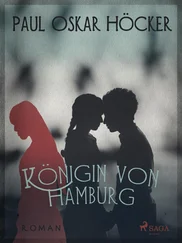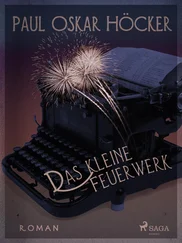Five Einsatzgruppen swept into Poland behind the Wehrmacht in early September 1939. What Ian Kreshaw calls an “orgy of atrocities” followed; it put earlier Nazi brutalities in the Greater Reich “completely in the shade.” The Germans were determined to wipe out Poland’s religious, political, and intellectual leaders as well as the nobility. Ultimately, this campaign against Poland’s elite resulted in 60,000 deaths. 80
Jews also suffered terribly during this period. In Kraków, which was occupied by the Fourteenth Army and Einsatzgruppe I under SS-Brigadeführer Bruno Streckenbach, many of the city’s 60,000 Jews fled the Nazi terror campaign. Yet the Jews in Kraków and elsewhere in Poland suffered not only from abuses at the hands of the Einsatzgruppen but also from atrocities committed by the Wehrmacht. 81One of the first Wehrmacht officers to voice concerns about this was Admiral Canaris, who ordered his Abwehr officers to watch the activities of the Einsatzgruppen and to report the atrocities they committed. Though Canaris was too cautious to lodge a formal complaint with Hitler, he did share his concerns with General Keitel on September 12 at the special armored “Führer Train” headquarters in Upper Silesia. Canaris told Keitel that he had heard of the shootings of Poles and Jews and of plans that the clergy and the nobility were to be “exterminated ( ausgerottet ).” Canaris seemed worried that the Wehrmacht would be blamed for these killings. Keitel said that Hitler had already decided on the matter and had told General Franz Halder, the army Chief of Staff, that if the military wanted no part in such actions, they should stand aside and let the Einsatzgruppen do their work. A month after this conversation, Oskar Schindler arrived in Kraków, where some of the worst atrocities had already taken place. As an active Abwehr officer, he was probably soon privy to the atrocities and to Canaris’s order that Abwehr keep an eye on the Einsatzgruppen. 82
The Creation of the General Government
If Poland was the racial laboratory for the SS, then the General Government was its killing field. With the exception of the Russian front from 1941 onwards, the General Government was the most brutal place in the Third Reich. In a meeting with important Nazi and Wehrmacht leaders in mid-October 1939, Hitler laid out the practical and ideological framework for the General Government. It was not to be treated like a German province nor was it to have a strong economy. Hitler intended the quality of life for the Poles there to be low and viewed the General Government as a primary source for forced labor. He viewed German efforts there as a Volkstumskampf (hard ethnic struggle) that should have no legal restrictions. Nazi control of this part of Poland would “allow us to purify the Reich area too of Jews and Polacks.” German activity in the General Government, Hitler told the gathering, was “the devil’s work.” 83It was in this environment that Oskar Schindler would work so hard to save his Jewish workers in Kraków.
German plans for the administration and division of Poland after its conquest were put into place unevenly and reflected Hitler’s uncertainty over the future fate of the Polish nation. The Führer gave some thought to creating a rump Polish state, though he remained unsure about the exact nature of this entity until October 1939. His uncertainty centered around Stalin’s hesitancy to occupy his portion of Poland and the West’s response to German peace feelers in September and early October. 84In the meantime, the Wehrmacht wanted to restore to normalcy all the areas it had conquered as quickly as possible. Before the invasion of Poland, it set up special “CdZs enemy country” ( Chef der Zivilverwaltung, chief of civil administration) offices attached to each of the invading armies to oversee this process. 85
Almost immediately, conflicts began between Nazi Party officials and the military over the appointments and powers of the new CdZs. Sometimes, Hitler countered military appointments. The result was a growing conflict between the Wehrmacht and party officials that was to continue in various ways in occupied Poland throughout the war. Part of Oskar Schindler’s genius in saving his Jews was his ability to work within the shadows of this conflict and use it to his advantage.
By the end of September, Hitler had approved the army’s “Organization of the Military Administration in the Occupied, formerly Polish, Territories.” Southern East Prussia and eastern Upper Silesia were given special provisions; the rest of German-occupied Poland was divided into four military districts (Danzig-West Prussia, Posen, Łódź , and Kraków) overseen by the military aided by a civilian administration. The four districts were overseen by Commander in Chief East Gerd von Runstedt, who also commanded the Łódź military district. The senior civilian administrator under Runstedt was Hans Frank, a Nazi “Old Fighter” and its most powerful legal expert. Other prominent Nazis such as SS-Obergruppenführer Albert Forster (Danzig) and future SS-Obergruppenführer Arthur Greiser (Posen) held the chief administrative positions in the other military districts. The Kraków military district’s civilian administrator was to be SS-Obergruppenführer Arthur Seyß-Inquart, a former Austrian chancellor who would later hold important administrative positions as deputy governor of the General Government and Reich Commissioner of the Netherlands. Each of these men were tried and convicted as war criminals after World War II. 86
Hitler’s appointment of top Nazis to these administrative positions in Poland meant that the traditional party infighting that had so plagued German administration elsewhere now would become rampant throughout Poland. Petty jealousy and backbiting now became the hallmarks of a Nazi Party-dominated administrative system that was about to undergo another major change as Hitler agreed to a new administrative structure for Poland that transferred governing power to the Nazi Party. Wehrmacht leaders had never been comfortable about administering a civilian area once a conflict had ended and order was restored. Administration was something best left to civilians, not soldiers. Germany’s military leaders were particularly glad to be rid of the political responsibilities of such administration. 87
Friction between the army and Nazi administrators intensified as army commanders became more and more critical of the brutality of the Einsatzgruppen against the Polish population. Hitler sided with the SS and told Joseph Goebbels on October 13 that the army was “too soft and yielding.” Four days later, he took the SS and the police out from under the military’s jurisdiction in Poland. The SS and other Nazi Party organs and functionaries would now be given a free hand to expand their experiments in what remained of the Polish “racial laboratory.” 88
The transformation of Poland into a civilian-administered area did not end army protests. Over several months, Generalleutnant Johannes Blaskowitz, Commander in Chief East, sent his superior, army commander Walther von Brauchitsch, two memos severely criticizing the reign of terror unleashed by the SS in Poland against civilians. Blaskowitz was fearful that if these activities were not halted, they could severely damage the German nation. Blaskowitz felt that the “brutalization and moral depravity” practiced by the SS could easily “spread like a plague among valuable German men.” The person principally responsible for spreading news among the officer corps about Blaskowitz’s memorandums was Major Helmut “Muffel” Groscurth, former head of Abwehr Untergruppe IS and a close associate of Hans Oster, Admiral Canaris’s Chief of Staff. 89
Читать дальше
